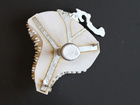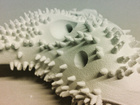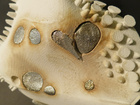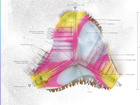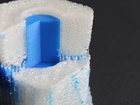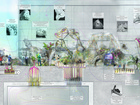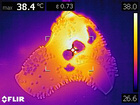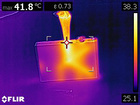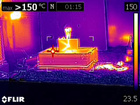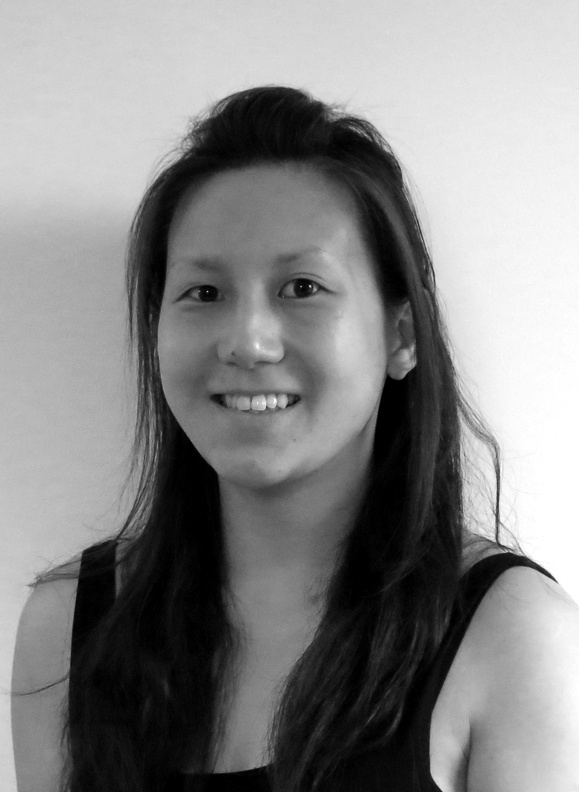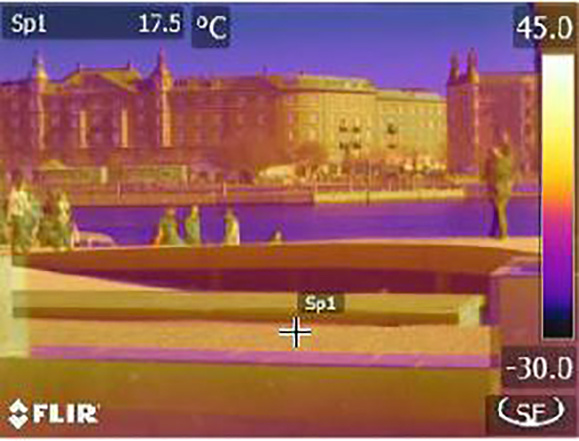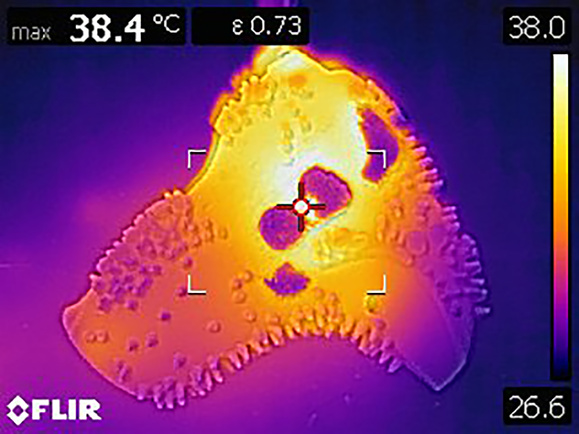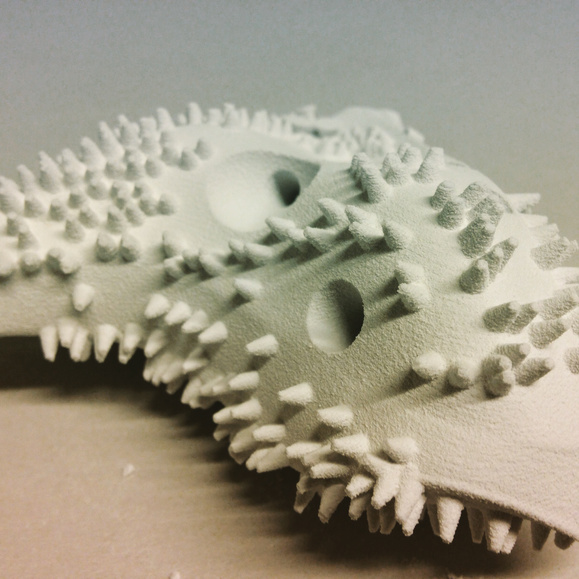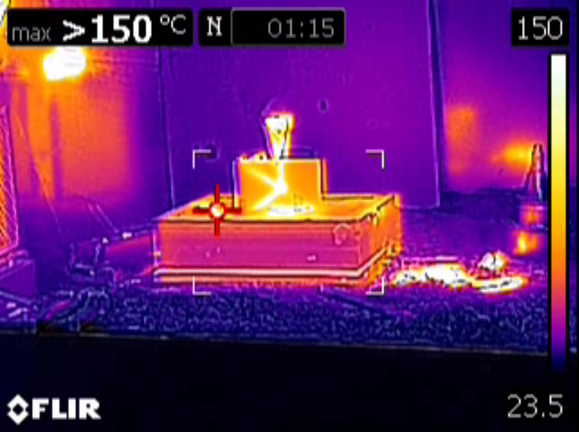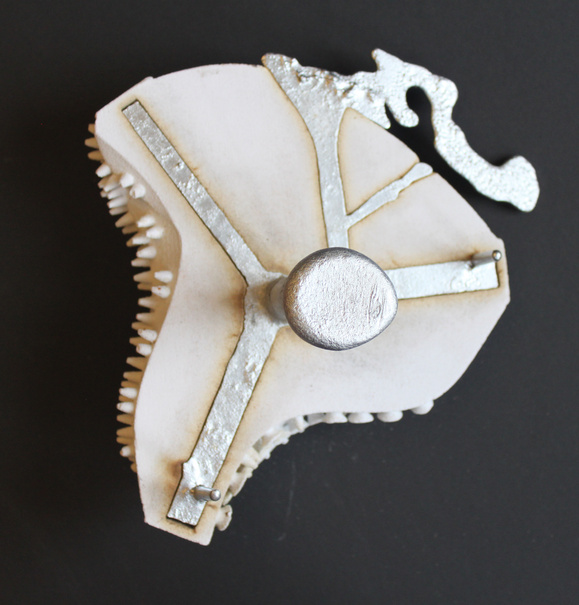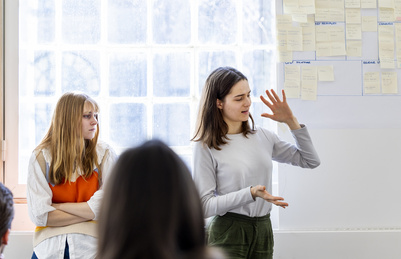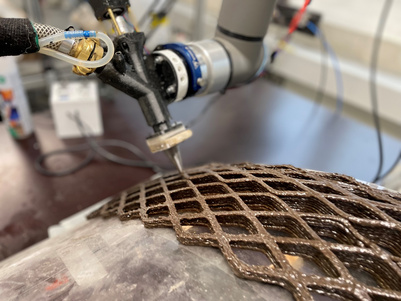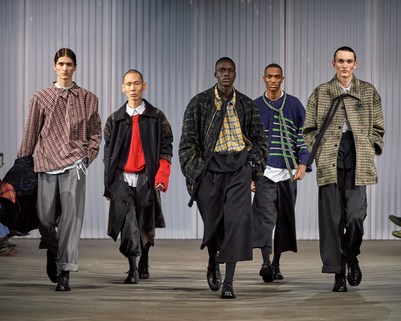Kan det lade sig gøre at forlænge sommeren på Kalvebod Brygge med et varmeledningssystem under og over jorden? Mød arkitekt Lyn Poon, som i sit afgangsprojekt har forsket i hvordan man kan styre og anvende termisk energi i det offentlige rum - og måske give os lunere luft og mildere dage med i købet.

What was your graduation project about?
My graduation project aimed to question how thermal energy is conceived and controlled within architecture. It emerged from a simple question: What if we can prolong the feeling of summer in Copenhagen?
I set out to explore if it is possible to store and steer heat in certain areas of the public realm, say, a town square by making use of the ability of materials to absorb and release energy, for instance solar radiation, at different rates.
I designed and created a system of architectural modules to be installed above and below ground on inner Kalvebod Brygge with the purpose of customising thermal energy thus enabling a prolongation of activities in the quay area.The modules were fabricated using plaster printing and aluminium casting techniques.
I investigated thermal mass and heat emission using a special heat sensitive camera made available to me by FLIR. By making thermal images of the site in question and of the process of aluminium casting I was able to analyse the behaviour of thermal energy and to collect valuable data that served as a design driver in my work process.
You have worked together with FLIR - the world's largest commercial company specializing in the design and production of thermal imaging cameras - on this project. What has this collaboration given you?
In my research I have reinterpreted the conventional use of the technology and envisaged its potential as a design tool, using the data to drive design opportunities. Rather than using the tool as purely evaluative, the continual prototyping and testing of fabricated elements provide a continuous feedback loop that creates design opportunities within the project.
What is the most fun and the hardest part of working with architecture the way that you do?
Engaging with computational methods and technologies has been intensive in its learning curve but has also been fascinating and provides so much potential and scope for future experimentation and research. Combining my more traditional knowledge of design and mixing media with methods is the most exciting and creates a great platform or experimentation and discovery.
The unknown and uncertainty of combining methods is the most fulfilling aspect of designing and researching. I was always told “If you are comfortable in what you are doing, then you are not challenging yourself”.
What is your greatest strength as a qualified architect from KADK?
That would be the ability to engage with various methods of designing from understanding computational and digital tools to fabrication within the industry. I have developed my skills to synthesize these methods of working to envisage new methods of research, explorations and approach to design.
Where do you picture yourself in five years?
I hope that I haven't lost the enthusiasm of creating strange and crazy experimentations.
I would like to conduct research in industrial practice to challenge the way we understand and work with design, so that we continuously push our limits and abilities.


